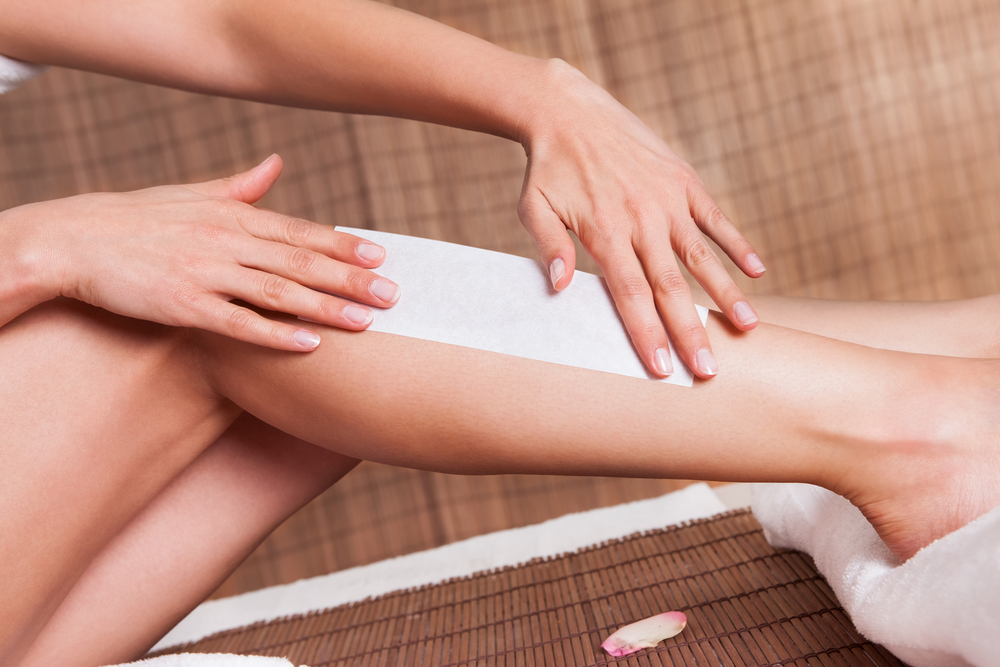
Laser hair removal is widely considered one of the best solutions to get rid of unwanted hair on the chest, face, neck, genital areas, arms, fingers and legs.
Like everything, laser hair removal has a fair share of pros and cons associated with it. Treatment results aren’t the same for everyone and there is room for significant damage if proper guidelines aren’t followed.
To avoid unwanted health hazards triggered by laser hair removal carried out by unskilled people, prospective clients should consult an experienced laser practitioner to educate themselves about the process, possible side effects and the things to be taken care of prior to the treatment.
Here are 11 guidelines to help you make the most out of a laser hair removal session:
1. Avoid tanning or direct sun exposure

Tanning is a prospective enhancer of side effects like skin lightening. If you have tanned skin – either from tanning products or from the sun, stay away from laser hair removal until the tanning completely disappears. According to some doctors, you shouldn’t be out there under the blazing sun for a maximum of six weeks before and after your treatment.
2. Shave the area where the laser treatment is to be done
Unlike other types of hair removal such as waxing and sugaring, laser treatment isn’t applicable for hairy areas. As the laser aims to target pigment in hair follicles, any hair on the treatment area will decrease the efficiency of your treatment and could cause your skin to burn. Ideally, you should shave the area a day prior to your appointment to attain optimum results.
3. Avoid plucking or waxing hair prior to laser treatment
Stay away from electrolysis, waxing and plucking for a minimum of 2-4 weeks before having laser hair removal treatment. These processes remove hair follicles, thus interfering with the effectiveness of laser hair removal. During a treatment session, the laser destroys the hair follicles. If the follicle itself isn’t present in that area, the laser becomes unable to find any target.
If you’ve waxed already, you need to wait for about 4 weeks prior to the appointment so that the hair can grow back. Also, you should avoid bleaching if you’re planning to undergo laser treatment. Shaving and trimming is fine.

4. Discussing your medical history with your doctor
For doctors, your family medical history is sufficient enough to identify whether you’re prone to medical conditions like heart disease, stroke, high blood pressure, diabetes and other types of ailments. These complexities are a merge of environmental conditions, genetic history and lifestyle choices. Your medical history can also provide information of whether you’re prone to some rare medical conditions like sickle cell anemia and cystic fibrosis. So, when you’re up for a laser treatment, don’t think twice to provide complete information related to medical history including your chronic conditions, scars, allergies and surgeries to your therapist.
6. Keep your skin clean by removing any kind of chemical, if applied on it
Prior to the laser treatment, you should keep your skin clean to attain optimum results. However, when you’re at the treatment site, they’ll thoroughly clean the treatment area prior to beginning lasering. In case you have applied deodorant that too must be removed before the treatment. It’s likely that you’ll be having the target skin area numbed one to two hours prior to the treatment. A cryogen spray, cool air or a water-based gel will be applied to the treatment area before pulsating the laser.

7. Wear loose fitting clothing and protective eye-wear
Wear comfortable and loose fitting clothing that keeps the treated area exposed. According to most experts, the pain felt in laser treatment is minimal. Yet, everyone experiences some level of discomfort and skin may be sensitive for a few hours so wearing tight clothes may irritate your skin and cause more discomfort. Both therapist and client should wear safety eyewear to avoid any type of unwanted hazards.
Laser hair removal aftercare advice
1. Keep your skin clean and dry on the treated area initially
Right after a laser treatment, you’ll be experiencing swelling (edema) and redness (erythema) of the hair follicles. The edema and erythema may last up to 2 hours or more and for up to 2-3 days respectively. Keep the treated area clean and dry and apply a topical soothing cream/gel. If that doesn’t alleviate the discomfort, you can apply cool pack or cold flannel but DON’T apply ice or ice packs directly onto the skin.
2. No make-up, heat treatment, perfumed products for next 24/48 hrs
After the laser treatment, don’t have a sauna, hot bath or hot shower for 24/48 hrs. Do not apply perfumed products for the next 24/48 hrs. Also, other than a mineral one, no make-up is permitted for 24 hrs. You can apply SPF Sun Protection Factor 20 on the areas likely to be exposed to the sun after 4 weeks.
3. Avoid picking or scratching the treated area
Avoid scratching or plucking the treated area. You may experience hair shedding in the treated area anywhere between 10-21 days post treatment. Though it may seem like new hair has begun to grow, it’s actually NOT. You can remove and clean the hair by gently rubbing or washing the area with a loofah sponge or wet cloth.
4. If you have a reaction
Though it’s considered very rare, laser treatment leaves a tiny scope of experiencing a boiling feeling that may leave a patch. If you experience this, contact your therapist instantly and send him/her photographs of the patch(s) if you’re unable to visit in person.
A single treatment isn’t sufficient to achieve enduring hair loss. You will have to undergo a course of several treatments over the next few months to completely remove hair from the treated area. This is because the laser doesn’t have any effect on the hair in ‘resting’ phase. When this ‘resting’ phase transforms into ‘growth’ phase over time, you’ll require subsequent touch-up sessions to remove that hair.
Now that you know these tips for laser hair removal you can enjoy smooth, silky skin without any worry.
Have you had your hair lasered before? Please share in the comments below.
Image courtesy of Shutterstock.com
We may get commissions for purchases made using links in this post. Learn more.
Comments






































